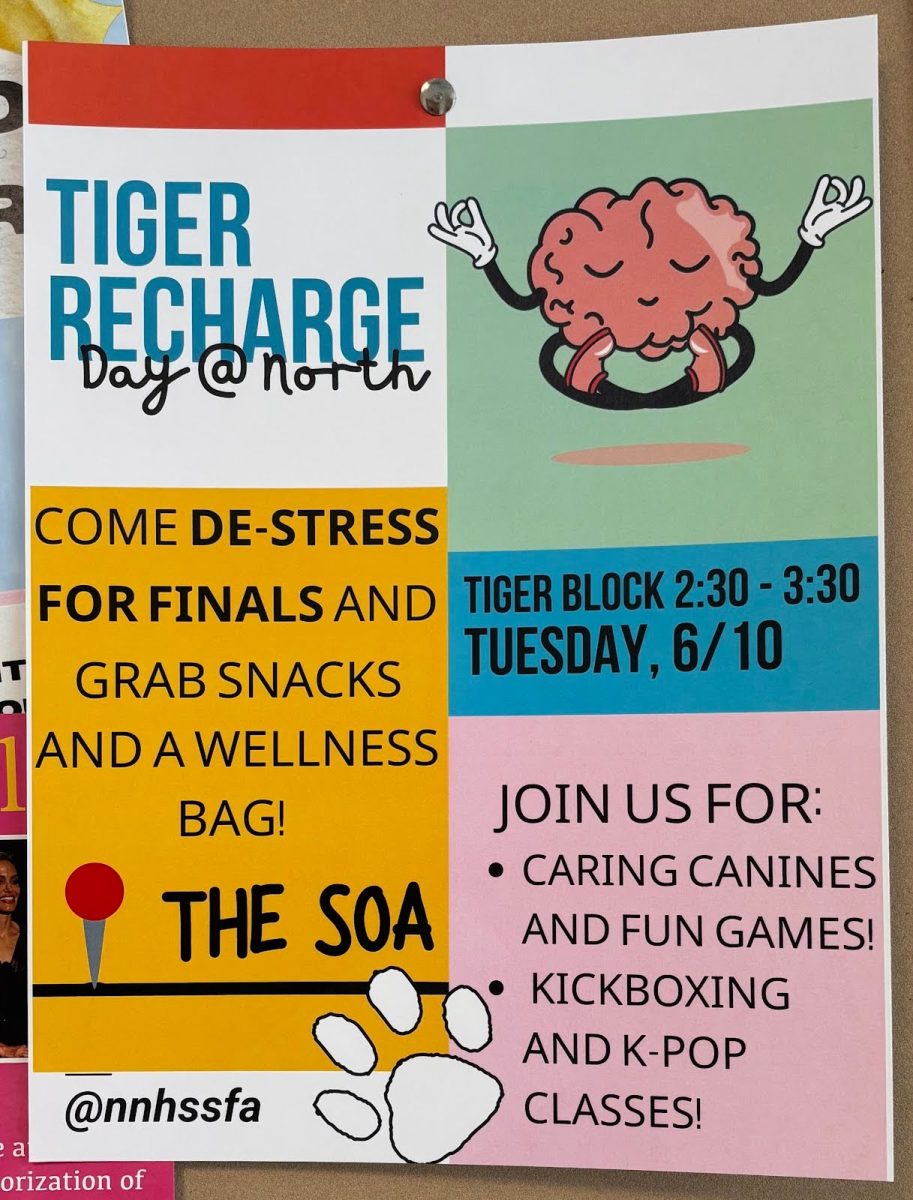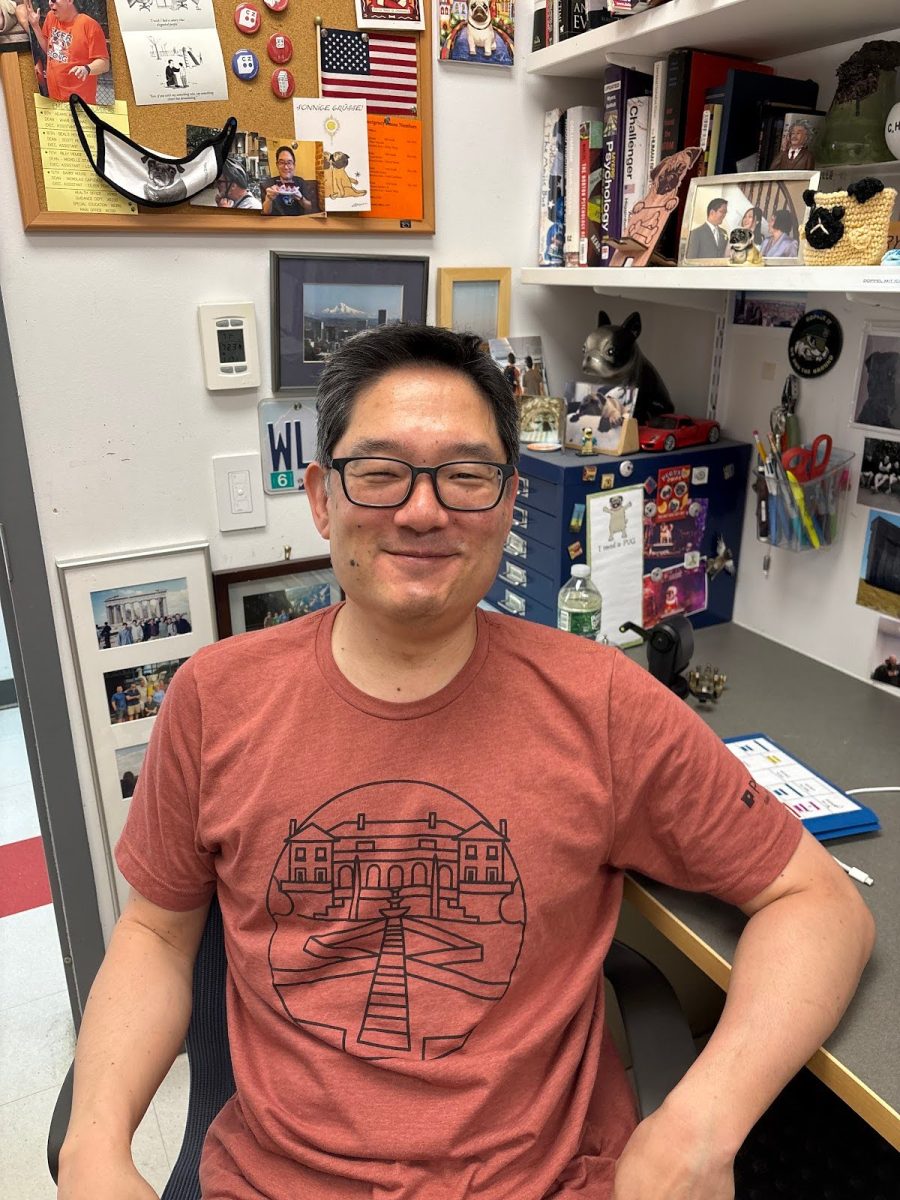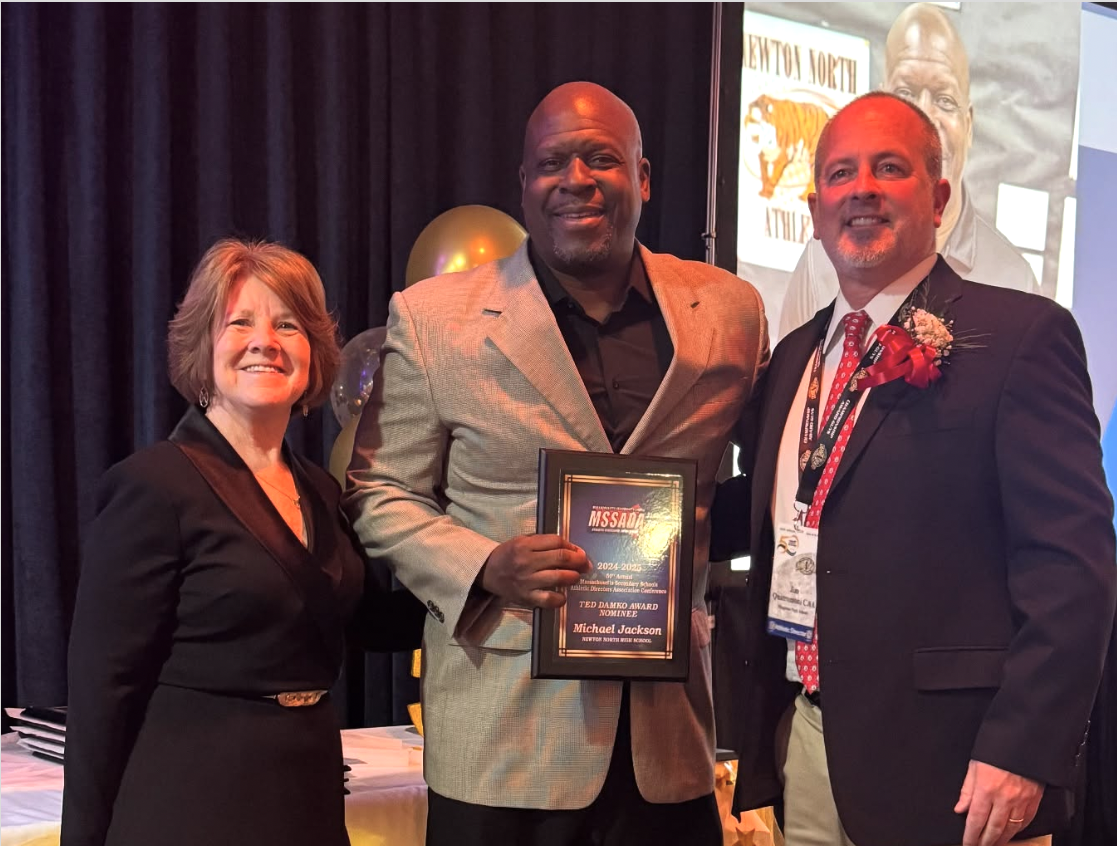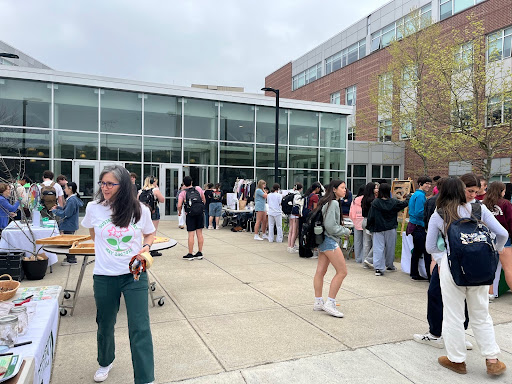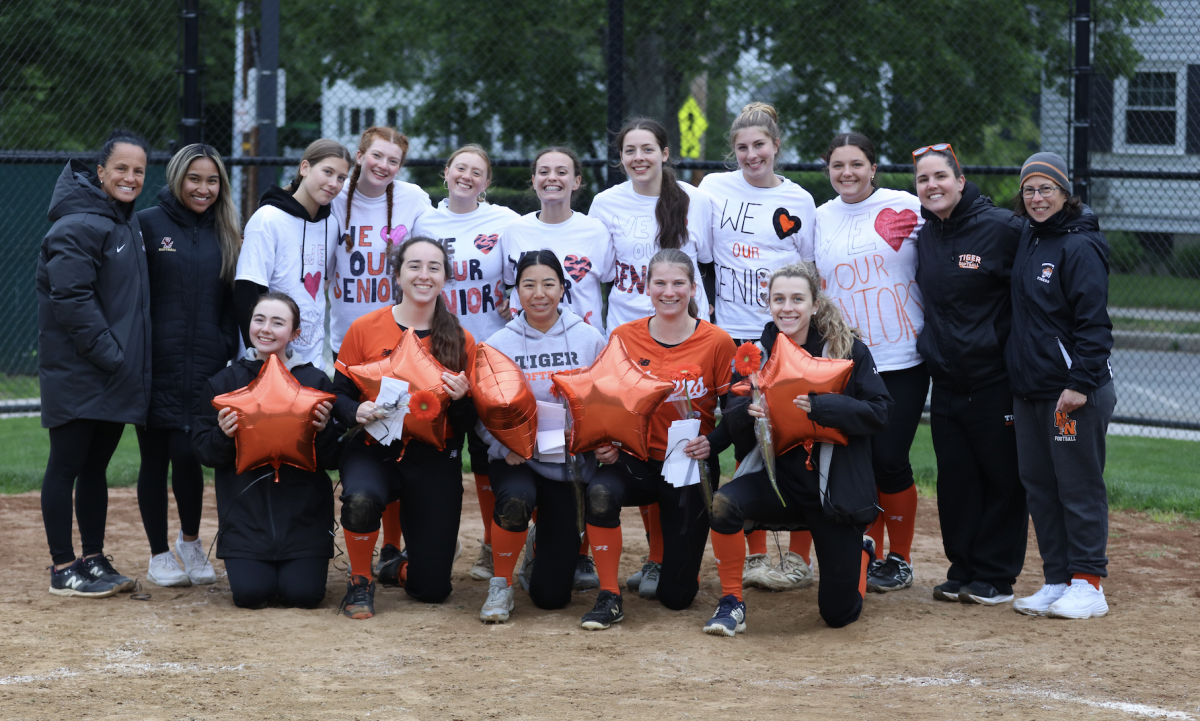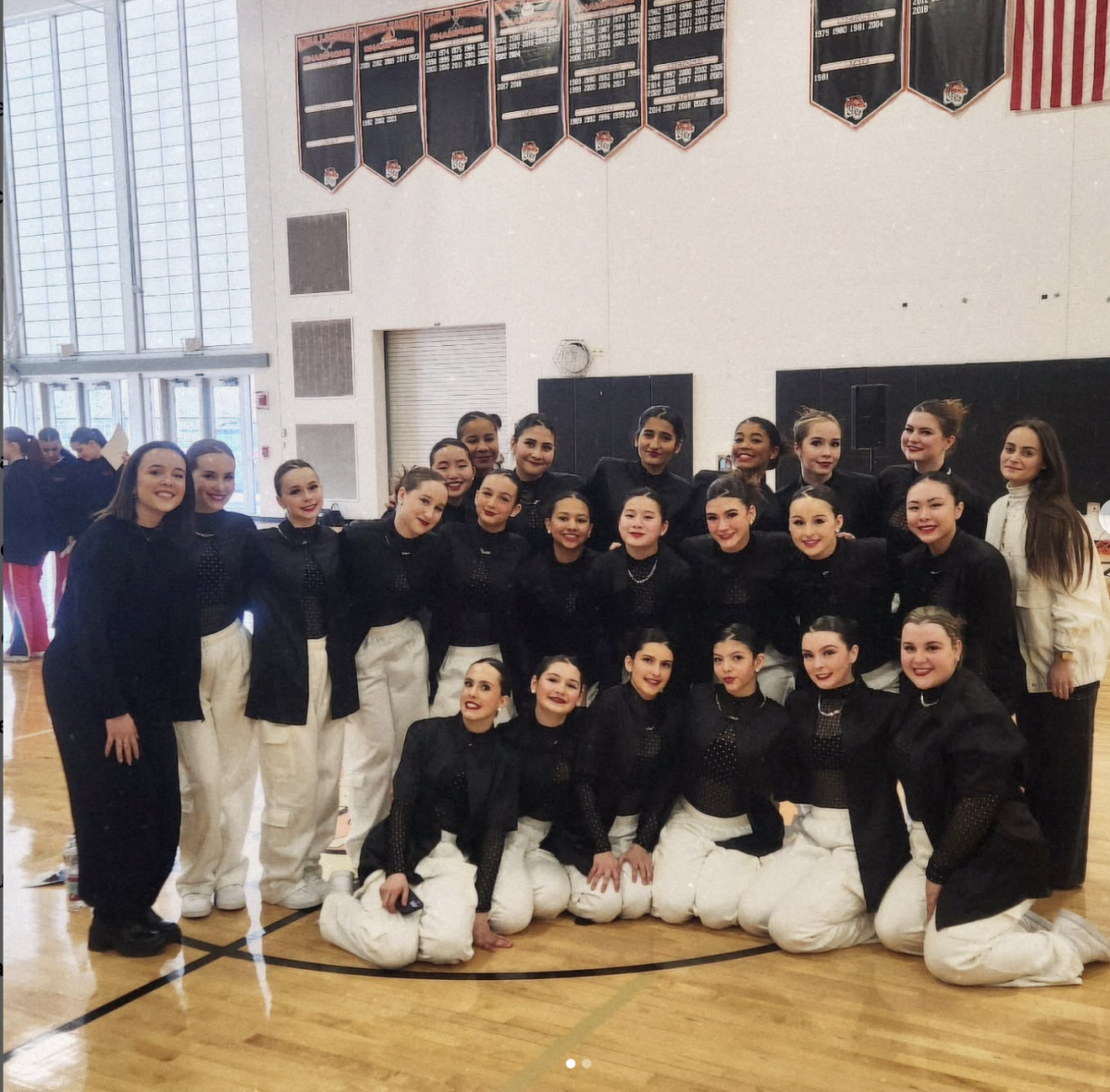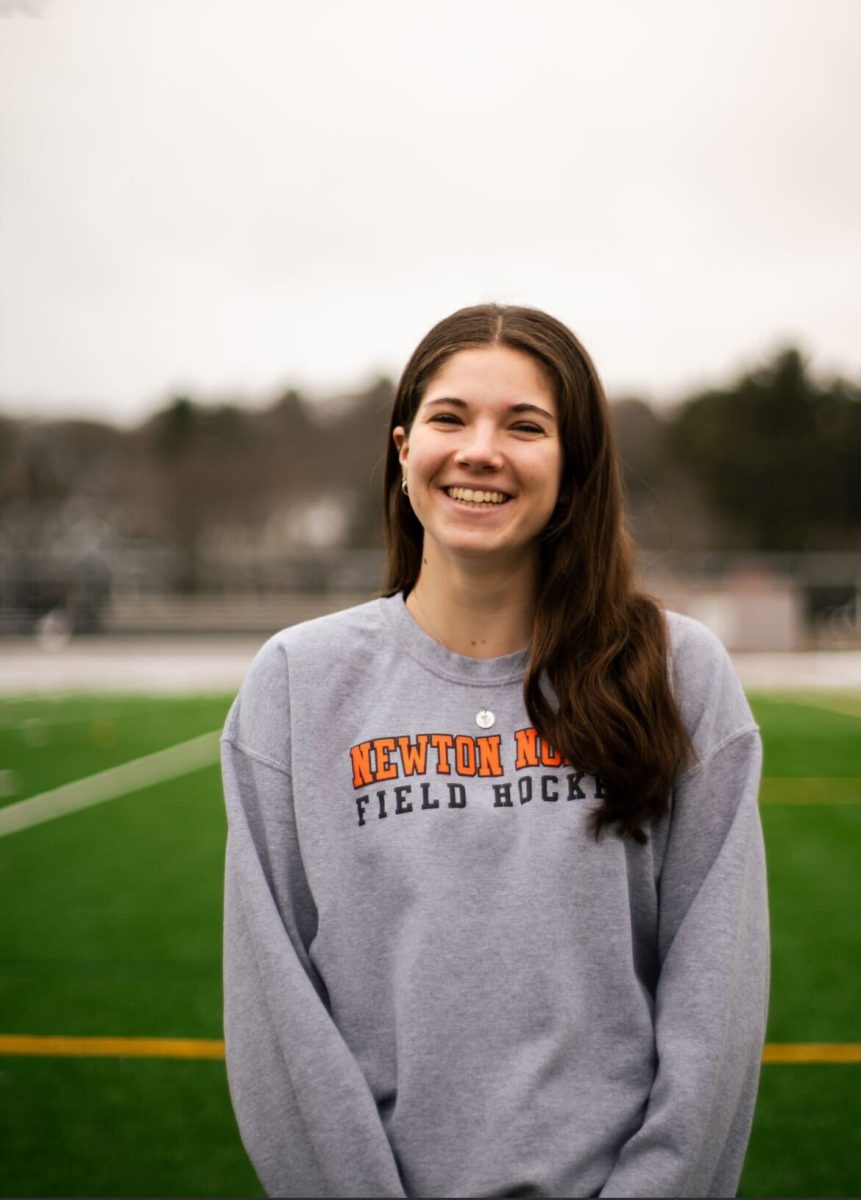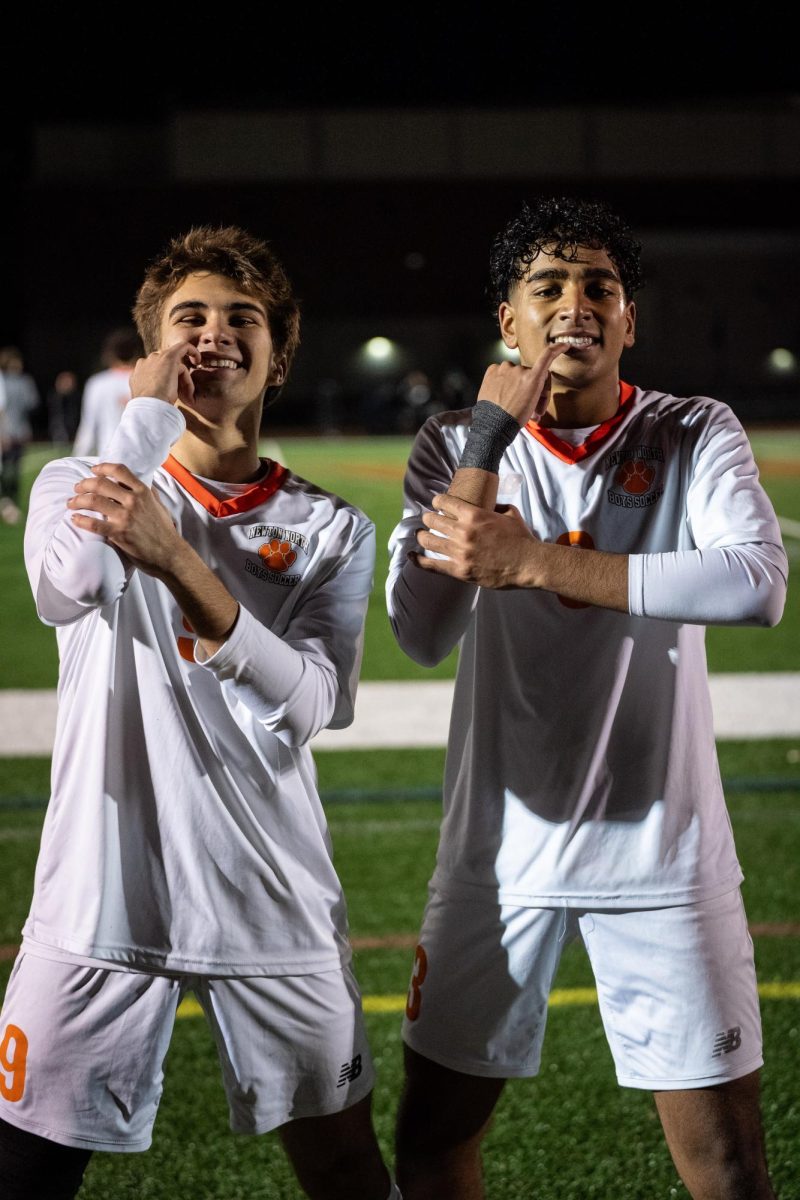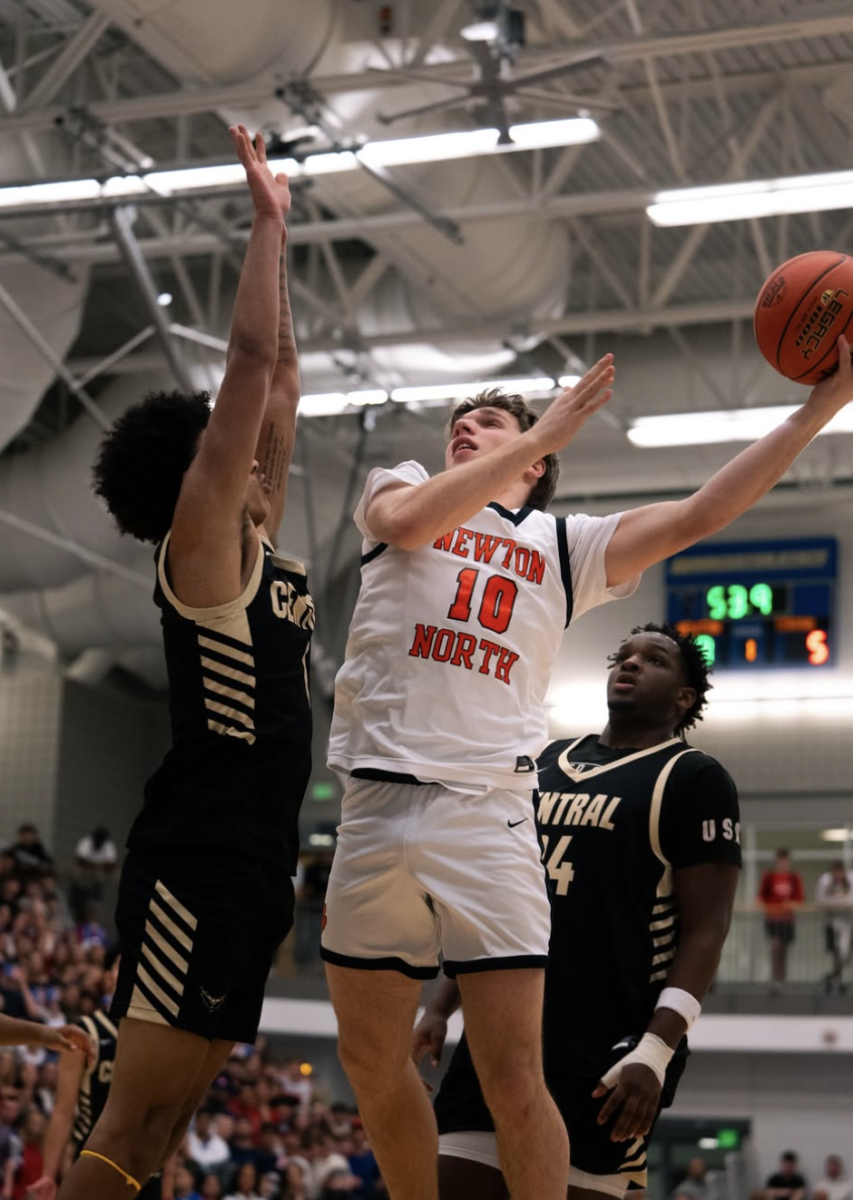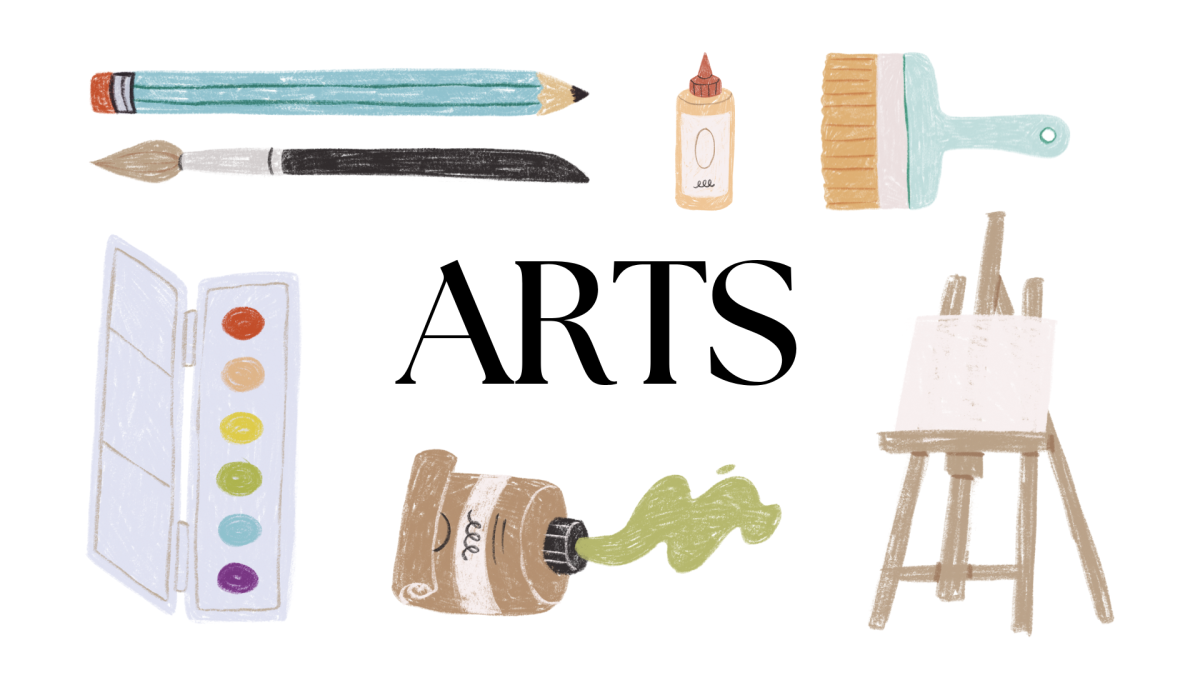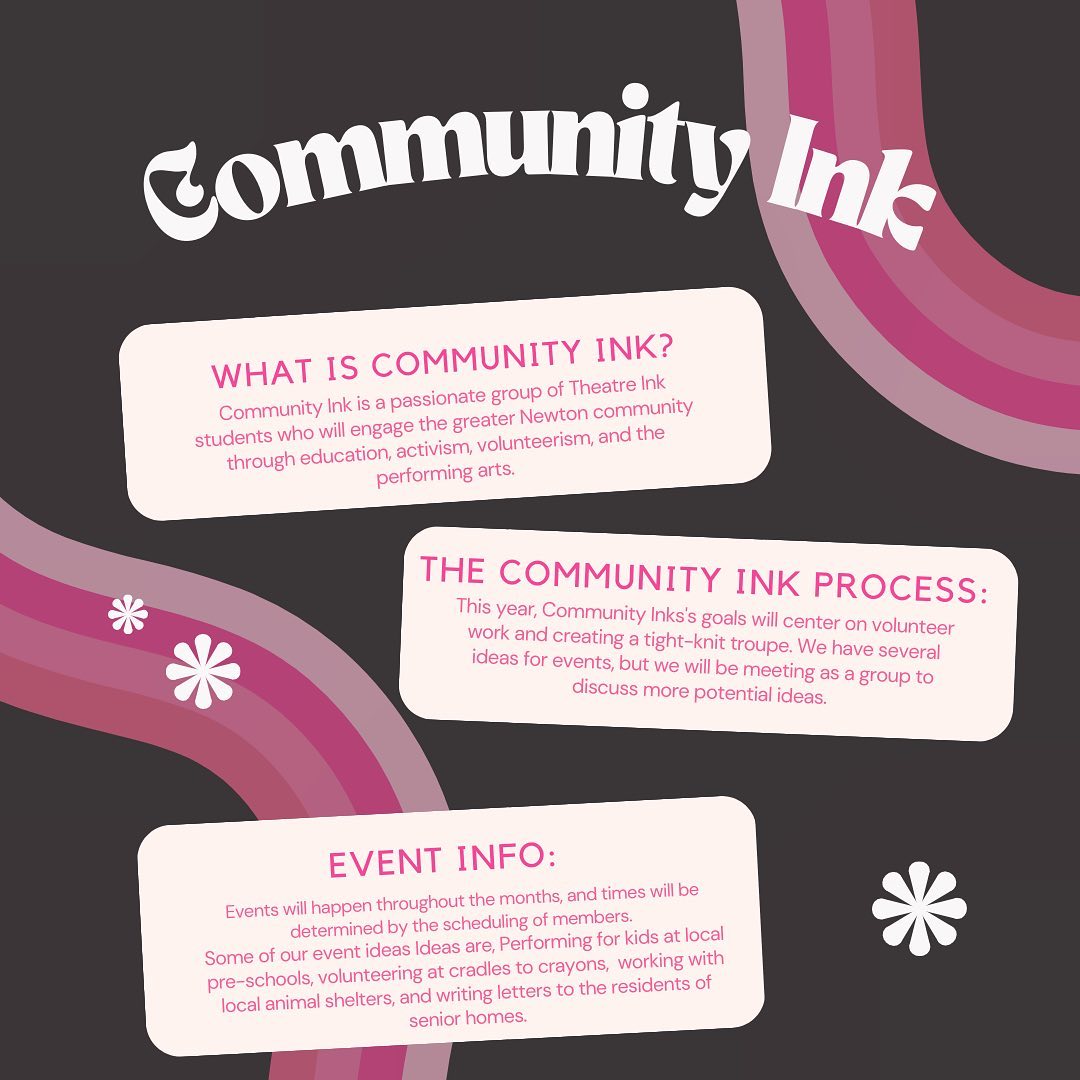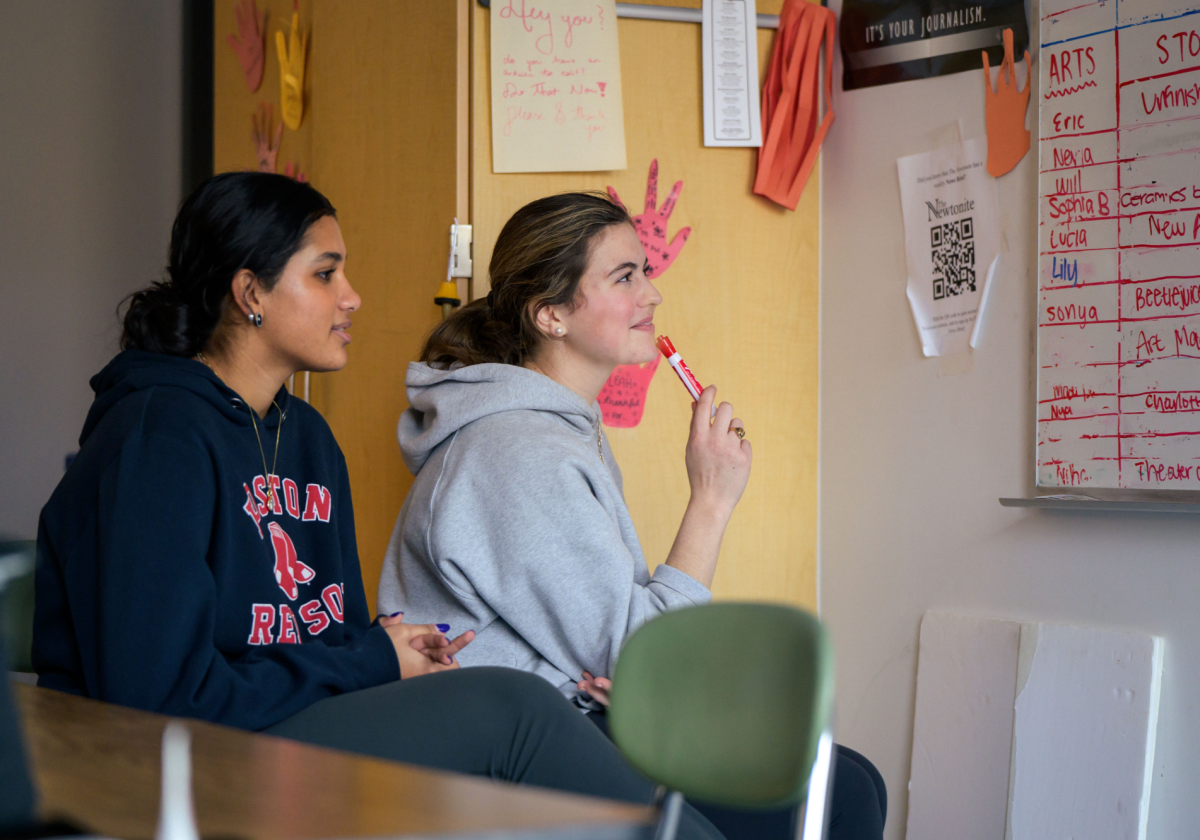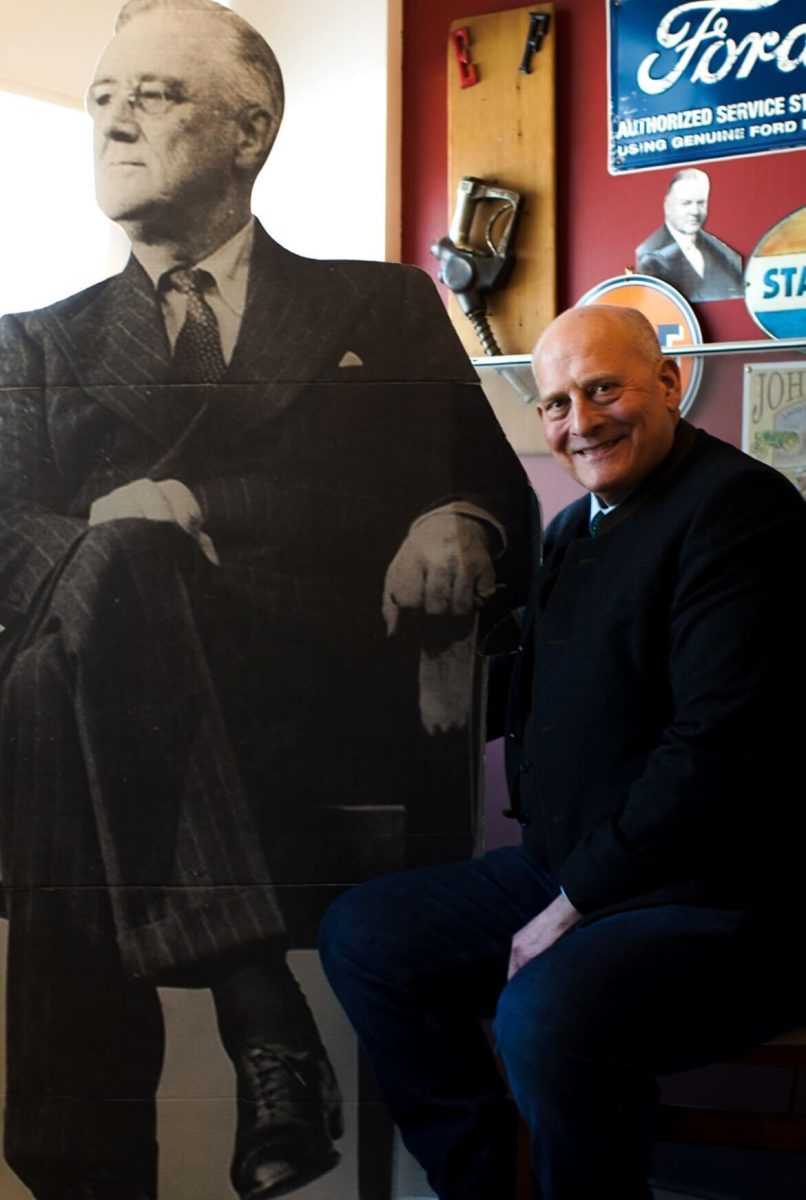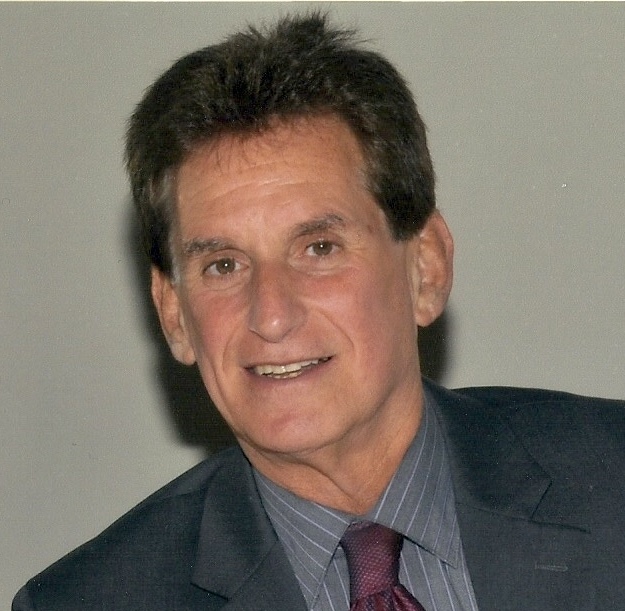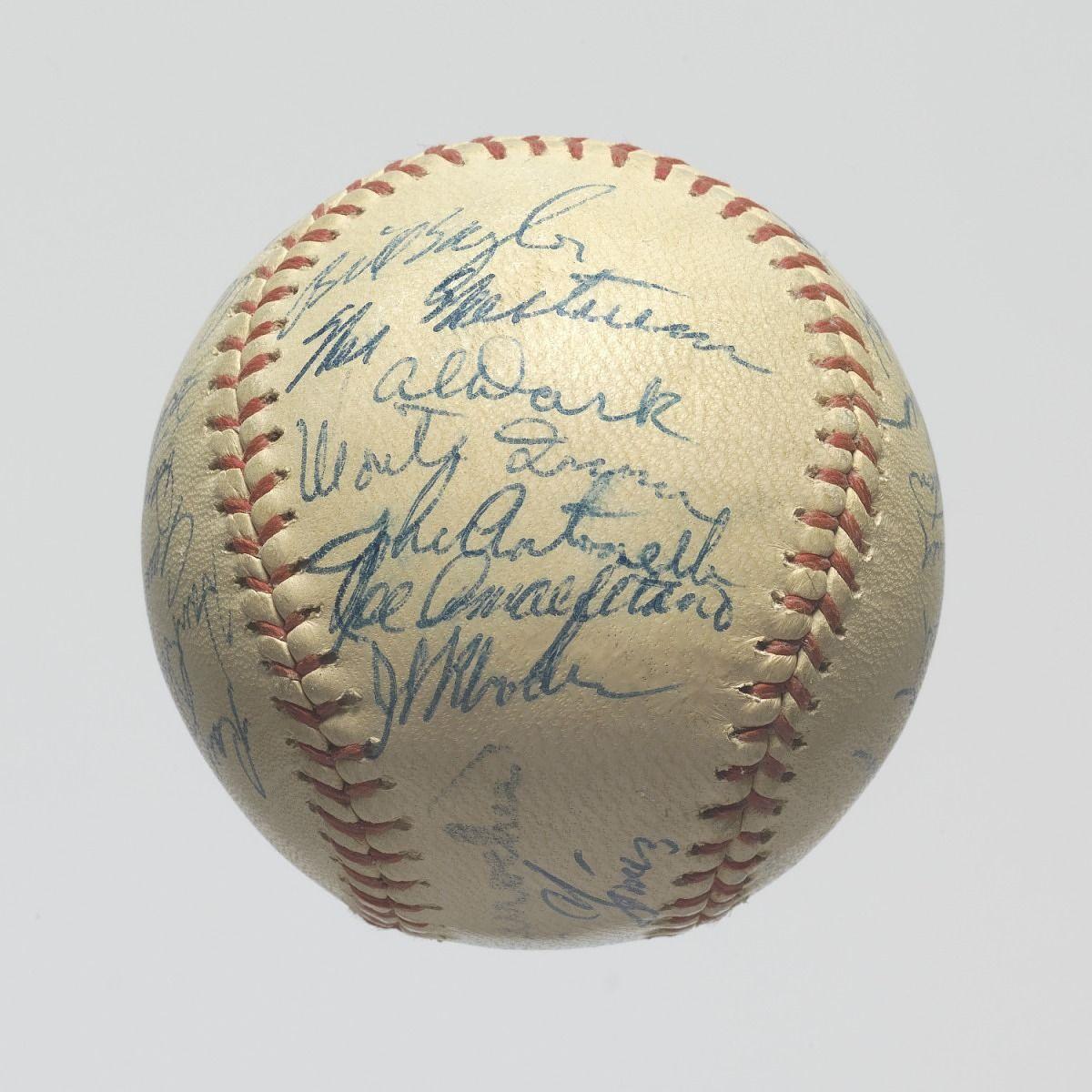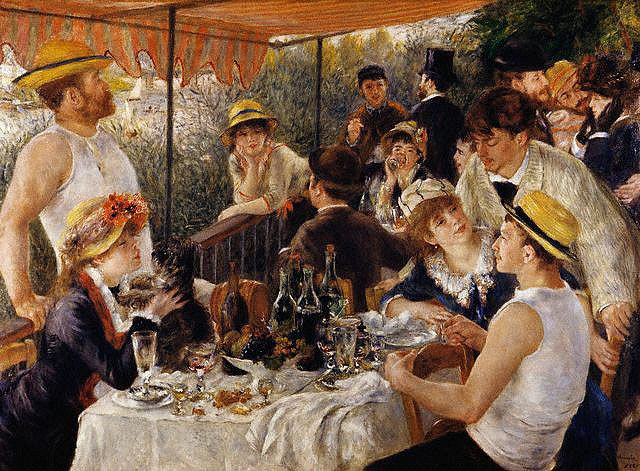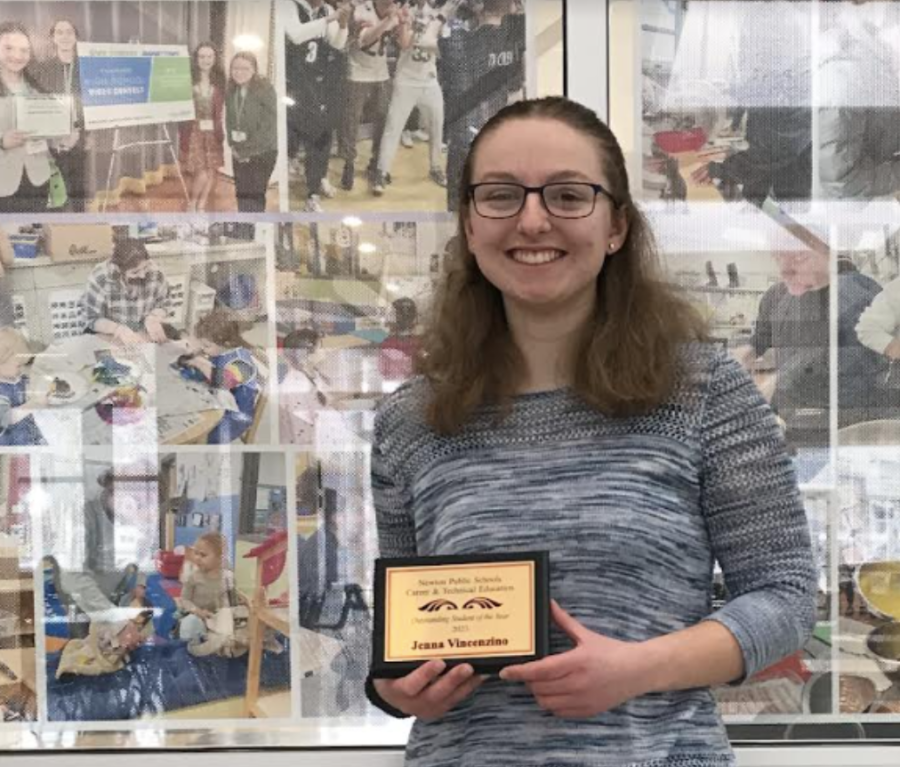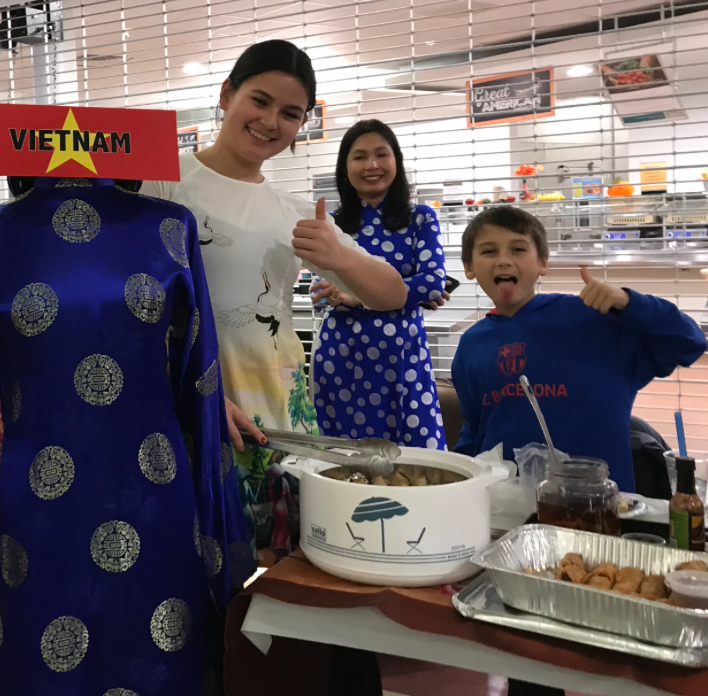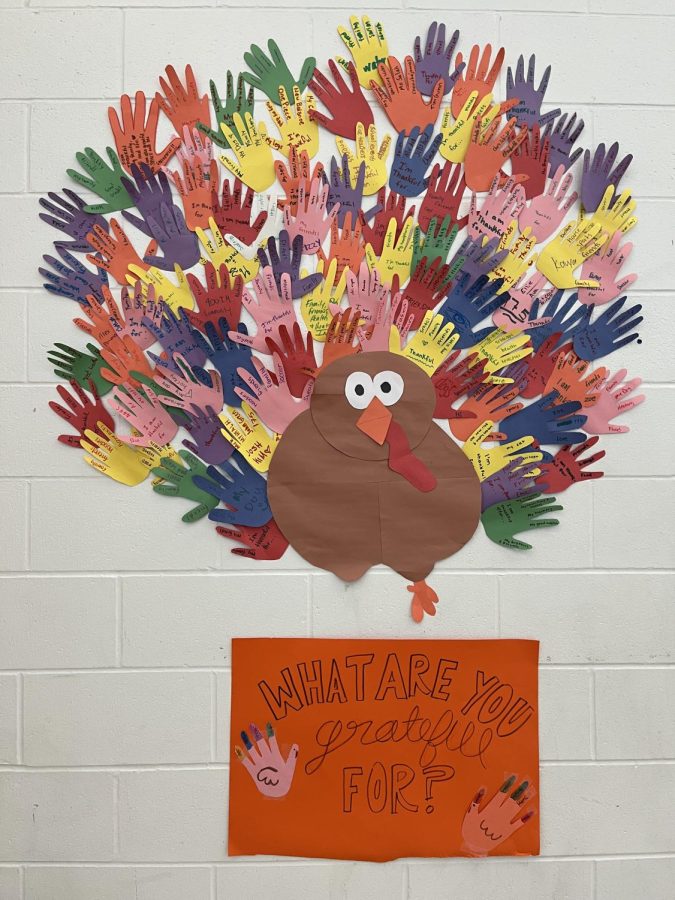by Jay Feinstein
“Writing about someone is not like taking someone’s photograph,” financial journalist and writer Roger Lowenstein said as a part of the Telling Someone Else’s Story Panel. “Two different photographs of the same person are going to be the same. Two pieces of writing on the same person aren’t.”
Lowenstein and writers Mark Kramer and Alex Beam discussed the art of effectively telling other people’s stories.
Non-fiction is different from fiction because “in fiction stories, you can make up interesting people that do only interesting things,” Lowenstein said. “In non-fiction stories you have to go through ordinary lives and connect ordinary moments in order to make an interesting story.”
Recently, Lowenstein finished writing a biography on Warren Buffett in which he connected moments from Buffett’s childhood to his adult life. “I met his sisters and childhood friends and asked what they did together when they were kids,” he explained.
“They told me about how he used to go to the golf course, not to play golf, but to collect balls and sell them.” He found the economic opportunity of scavenging at a golf course. Later in life, he ended up being very successful at dealing with money.
According to Lowenstein, collecting golf balls and being successful are ordinarily events independent from each other, but connecting them is where the story comes in. “You really have to look for connections that show who someone is. You have to bring the reader a sense of the largeness of an event.”
Kramer agreed. “Imagine following someone around for days with a video camera, recording routine events of their life,” he prompted the audience. “It wouldn’t be interesting. You need to know more about the background and influences to be able to make connections. Through making connections, a writer can take mundane moments and make them interesting and significant.”
He referenced the part of Zeitoun where Kathy Zeitoun fields calls to board up windows. Answering the phone is an everyday action, he said, but author Dave Eggers is able to turn it into a moment that shows Kathy’s integrity.
“Non-fiction writers don’t get to create facts, but they can sculpt sequences of experiences, and sometimes a scene is played brilliantly,” he said.
According to Kramer, some non-fiction writers stray from the truth, but it is in a writer’s best interest not to.
Writers always have to keep in mind their poised relationship with the reader, he said. “It’s up to the reader to judge your integrity. When people cheat, it discredits the whole genre.”
According to Beam, the most important thing to keep in mind when writing about someone is to treat the person how you would want to be treated. Beam recollects an article by an anonymous writer calling him a racist. “I’m sure that person wouldn’t want me writing about him calling him a racist,” he said.
He admitted that it can be hard. “As a journalist, it’s sometimes tempting to lash out at people who won’t speak to you. But don’t.”
Lowenstein admitted that all writing can be hard. “There’s no pill or formula to being a good writer,” he said. “Hard work is the closest thing to it.”
He said, though, that writing, especially the stories of others, is the best way to get across ideas. “People are more interested in people than ideas,” he said. “Eggers was very smart to tell the story of Katrina through Zeitoun.”


